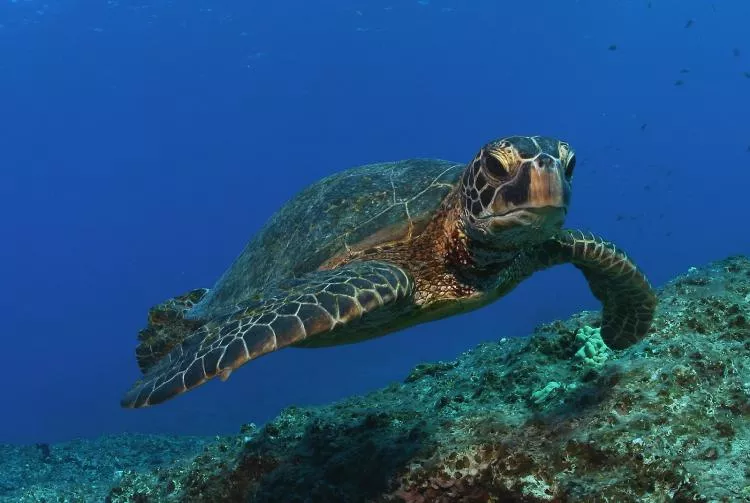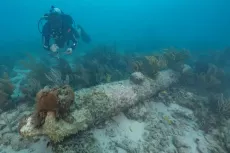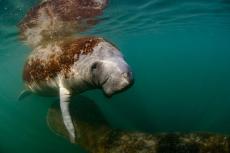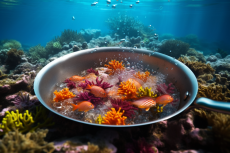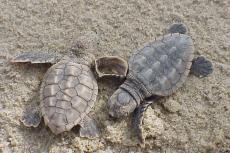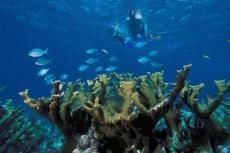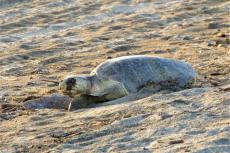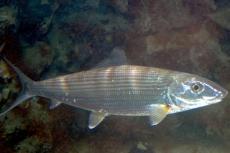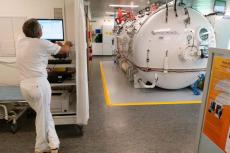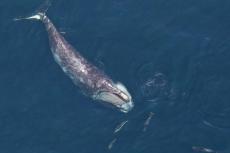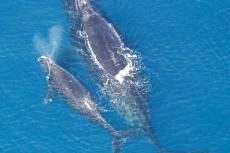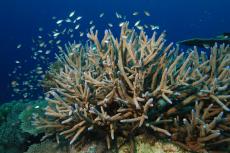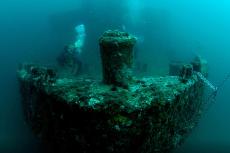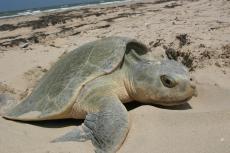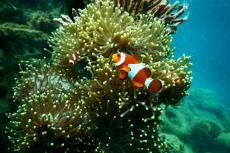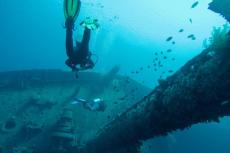Nesting turtles at Florida beaches now smaller
Nesting turtles at Florida beaches have grown smaller over the years.
By comparing shell lengths, researchers from the University of Central Florida (UCF) have discovered that loggerhead and green sea turtles have become smaller in size over the past few decades.
They have yet to come up with an explanation for this, according to a study published in the Ecosphere journal.
According to lead author Katrina Phillips, it may be due to the fact that juvenile turtles are growing slower as they experienced a harder time finding food (a situation caused by habitat degradation or increased competition). Phillips is a doctoral candidate in University of Central Florida's Department of Biology.
She offered another possible reason: “Or smaller turtles may also be new recruits to the population as a result of successful sea turtle conservation efforts.”
Findings based on long-term data
The researchers had made the discovery by comparing shell lengths of nearly 10,000 nesting female loggerheads and more than 3,000 nesting female green turtles in the Brevard County portion of the Archie Carr National Wildlife Refuge from 1982 to 2019.
In this extensive study, made possible by the work of UCF’s Marine Sea Turtle Research Group, the team discovered that the average size of nesting loggerheads decreased by nearly 1 inch and the average size of nesting green sea turtles dropped by more than 1.5 inches since 1982.
The new findings raises the questions when estimating female sea turtle maturity based on size, and also opens up the possibility that management agencies should consider smaller turtles in their estimates.
“The numbers we provide for the minimum size range of mature females will help other groups who study turtles in the water, where it’s not clear if they are mature or not, better estimate which of theirs are juveniles,” said Phillips.
In the meantime, the UCF Marine Turtle Research Group will continue to monitor the nesting sites, to find out whether these trends continue or change.


